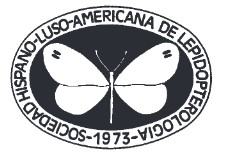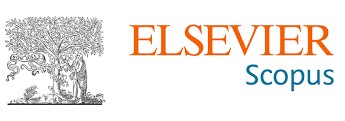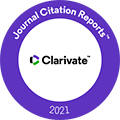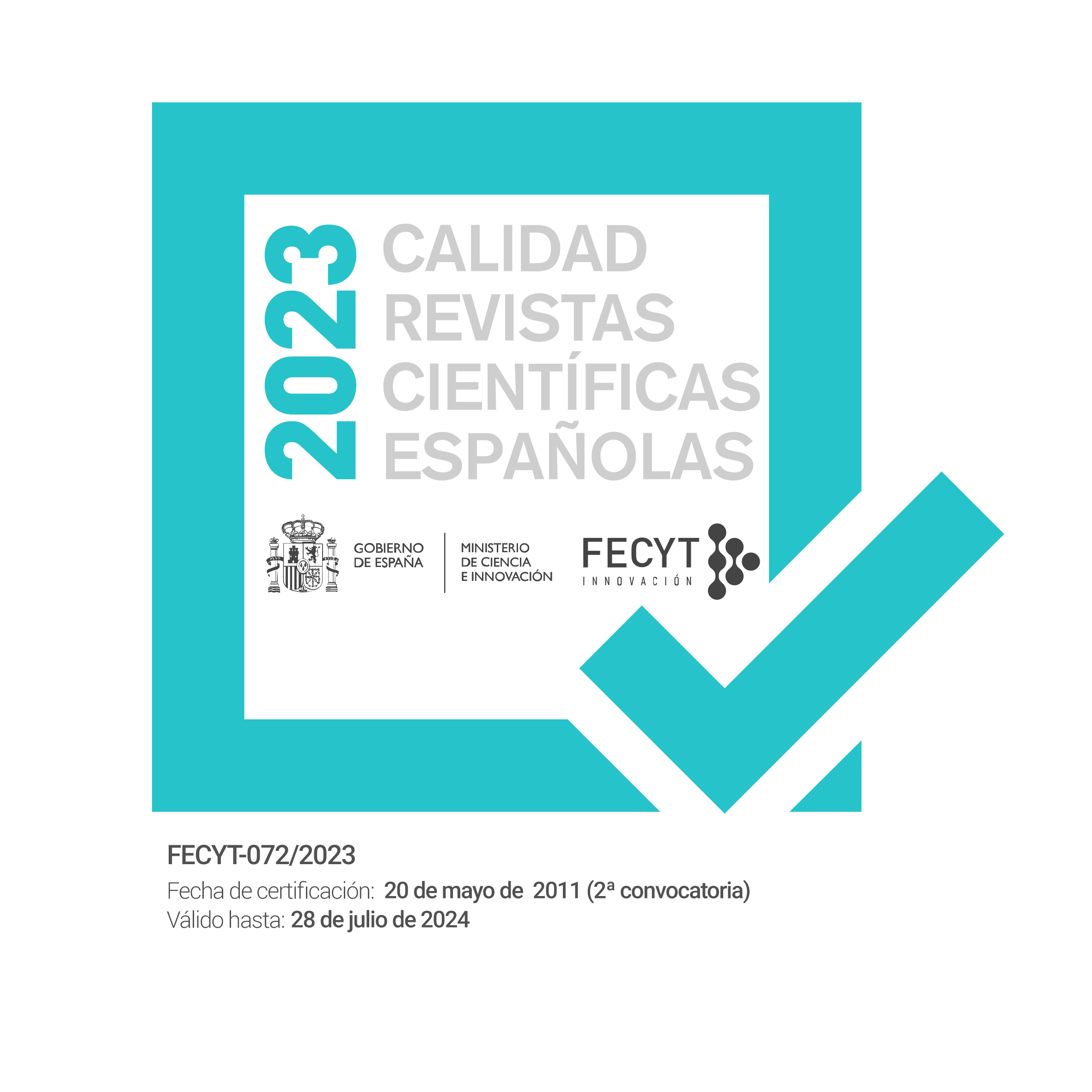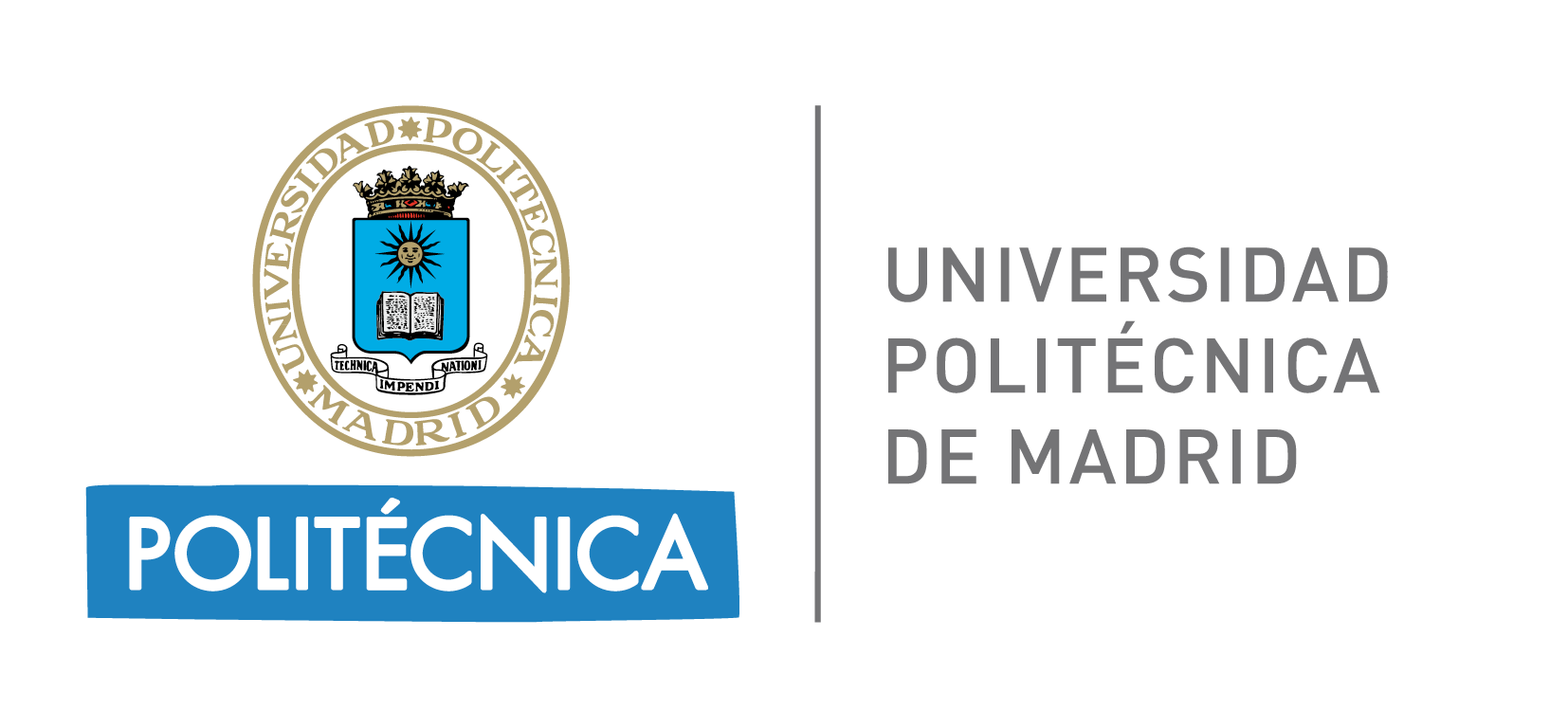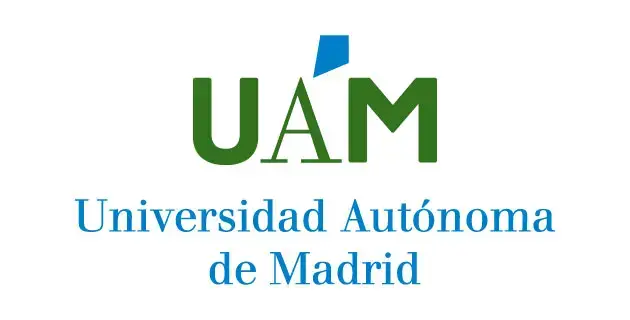Bioecological and Molecular Studies of Heliothis nubigera Herrich-Schäffer, 1851 and Trichoplusia ni (Hübner, [1803]) associated with Ferula communis L. as a new host in AlUla, Saudi Arabia (Lepidoptera: Noctuidae)
DOI:
https://doi.org/10.57065/shilap.897Keywords:
Lepidoptera, Noctuidae, Heliothis nubigera, Trichoplusia ni, Ferula communis, COI mitochondrial gene, interaction insects with plants, Saudi ArabiaAbstract
Heliothis nubigera Herrich-Schäffer, 1851 and Trichoplusia ni (Hübner, [1803]) (Lepidoptera: Noctuidae) are serious polyphagous for economic crops searching for a host to complete their life cycle. The present study was conducted to estimate the relationship between Heliothis nubigera and Trichoplusia ni with Ferula communis L. in two locations, Hassat Al-dab and Almotadal, AlUla Government, Almadina Almunawarah, Saudi Arabia. Genomic DNA was isolated from Heliothis nubigera and Trichoplusia ni for molecular identification. The results indicate that Heliothis nubigera and Trichoplusia ni completes their larval stages during the growth of Ferula communis. Molecular identification by gene sequencing of the target fragment of COI showed 100% identical to Heliothis nubigera with Accession number HM875008.1 and 98.44% identical to Trichoplusia ni with Accession number KX862907.1 using BLAST/N. The study concludes that the target fragment of the COI mitochondrial gene is a useful method for the identification of Heliothis nubigera and Trichoplusia ni. The study recorded that Heliothis nubigera and Trichoplusia ni use Ferula communis as a new host plant located in Hassat Al-dab and Almotadal, AlUla Government, Saudi Arabia.
Downloads
Global Statistics ℹ️
|
811
Views
|
210
Downloads
|
|
1021
Total
|
|
References
Alansari, R. M., Seleem, A. A., & Hussein, B. H. (2024). Recording insect death and essential oil composition of Ferula communis L. flowers in AlUla, Kingdom of Saudi Arabia. Kuwait Journal of Science, 51(2), 100171. DOI: https://doi.org/10.1016/j.kjs.2023.100171
Adjei-Maafo, I. K. (1980). Effects of nectariless cotton trait on insect pests, parasites, and predators with special reference to the effects on the reproductive characteristics of Heliothis spp. (Ph. D. Thesis). University of Queensland.
Adjei-Maafo, I. K., & Wilson, L. T. (1983). Association of cotton nectar production with Hellothis punctigera (Lepidoptera: Noctuidae) oviposition. Environmental Entomology, 12, 1166-1170. https://doi.org/10.1093/ee/12.4.1166 DOI: https://doi.org/10.1093/ee/12.4.1166
Amer, A. M., & El Torkey, A. M. (2019). Revision of Subfamilies “Acronictinae, Heliothinae, Metoponiinae, Noctuinae, Oncocnemidinae and Plusiinae” of Egypt (Lepidoptera, Noctuidae). Egyptian Academic Journal of Biological Sciences. A, Entomology, 12(5), 29-67. https://doi.org/10.21608/eajbsa.2019.52314 DOI: https://doi.org/10.21608/eajbsa.2019.52314
Anzalone, B., Lattanzi, E., & Leporatti, M. L. (1991). Il gruppo di Ferula communis L. (Umbelliferae) in Italia: ricerche sistematiche e corologiche. Archivio Botanico Italiano, 67(3/4), 221-236.
Berenbaum, M. (1983). Coumarins and caterpillars: a case for coevolution. Evolution, 37, 163-179. https://doi.org/10.1111/j.1558-646.1983.tb05524.x PMid:28568024 DOI: https://doi.org/10.1111/j.1558-5646.1983.tb05524.x
Berenbaum, M. R. (1990). Evolution of specialization in insect-umbellifer associations. Annual review of entomology, 35(1), 319-343. https://doi.org/10.1146/annurev.en.35.010190.001535 DOI: https://doi.org/10.1146/annurev.ento.35.1.319
Berenbaum, M. R., Bush, D. S., & Liao, L. H. (2021). Cytochrome P450-mediated mycotoxin metabolism by plantfeeding insects. Current Opinion in Insect Science, 43, 85-91. https://doi.org/10.1016/j.cois.2020.11.007 PMid:33264684 DOI: https://doi.org/10.1016/j.cois.2020.11.007
Bull, D. L., Ivie, G. W., Beier, R. C., & Pryor, N. W. (1986). In vitro metabolism of a linear furanocoumarin (8-methoxypsoralcn, xanthotoxin) by mixedfunction oxidases of larvae of black swallowtail butterfly and fall armyworm. Journal of Chemical Ecology, 12, 885-92. https://doi.org/10.1007/BF01020258 PMid:24306976 DOI: https://doi.org/10.1007/BF01020258
Camm, E. L., War, C.-K., & Towers, G. H. N. (1976). An assessment of the roles of furanocoumarins in Heracleum lanaturn. Canadian Journal of Botany, 54, 2562-2566. https://doi.org/10.1139/b76-275 DOI: https://doi.org/10.1139/b76-275
Capinera, J. (2001). Handbook of Vegetable Pests. Academic Press.
Caron, V., & Myers, J. H. (2008). Positive association between resistance to Bacillus thuringiensis and overwintering survival of cabbage loopers, Trichoplusia ni (Lepidoptera: Noctuidae). Bulletin of Entomological Research, 98, 317-322. https://doi.org/10.1017/S0007485307005597 PMid:18257958 DOI: https://doi.org/10.1017/S0007485307005597
Cervantes, V. M., Sarfraz, R. M., & Myers, J. H. (2011). Survival of cabbage looper, Trichoplusia ni (Lepidoptera: Noctuidae), through winter cleanups of commercial vegetable greenhouses: Implications for insecticide resistance management. Crop Protection, 30(8), 1091-1096. https://doi.org/10.1016/j.cropro.2011.03.021 DOI: https://doi.org/10.1016/j.cropro.2011.03.021
Chomchalow, N. (2003). Protection of Stored Products with Special Reference to Thailand. ABAC Journal, 7, 34-47.
Cullen, J. M. (1969). The reproduction and survival of Heliothis punctigera Wallengren in South Australia (Ph. D. Thesis). University of Adelaide.
Cunningham, J. P., & Zalucki, M. P. (2014). Understanding Heliothine (Lepidoptera: Heliothinae) pests: what is a host plant? Journal of Economic Entomology, 107(3), 881-896. https://doi.org/10.1603/EC14036 PMid:25026644 DOI: https://doi.org/10.1603/EC14036
Dethier, V. G. (1970). Chemical interactions between plants and insects. In E. Sandheimer & J. Simeone ed. Chemical Ecology (pp. 83-102). New York Academic. https://doi.org/10.1016/B978-0-12-654750-4.50011-6 DOI: https://doi.org/10.1016/B978-0-12-654750-4.50011-6
Dethier, V. G. (1973). Electrophysiological studies of gustation in lepidopterous larvae. II. Taste spectra in relation to food-plant discrimination. Journal of comparative physiology, 82, 103-34. https://doi.org/10.1007/BF00696148 DOI: https://doi.org/10.1007/BF00696148
Feeny, P., Sachdev, K., Rosenberry, L., & Carter, M. (1988). Luteolin 7-0-(6’-0- malonyl)-beta-D-glucoside and transchlorogenic acid: oviposition stimulants for the black swallowtail butterfly. Phytochemistry, 27, 3439-8. https://doi.org/10.1016/0031-9422(88)80745-3 DOI: https://doi.org/10.1016/0031-9422(88)80745-3
Fening, K., Amoabeng, B., Adama, I., Mochiah, M., Braimah, H., Owusu-Akyaw, M., Narveh, E., & Ekyem, S. (2013). Sustainable management of two key pests of cabbage, Brassica oleracea var. capitata L.(Brassicaceae), using homemade extracts from garlic and hot pepper. Organic agriculture, 3, 163-173. https://doi.org/10.1007/s13165-014-0058-2 DOI: https://doi.org/10.1007/s13165-014-0058-2
Fernch, D. (1971). Ethnobotany of the Umbelliferae. In V. H. Heywood, ed. The Chemistry and Biology of the Umberifella (pp. 285-412). Academic Press.
Folmer, O., Black, M., Hoeh, W., Lutz, R., & Vrijenhoek, R. (1994). DNA primers for amplification of mitochondrial cytochrome c oxidase subunit I from diverse metazoan invertebrates. Molecular marine biology and biotechnology, 3, 294-299.
Franklin, M. T., Ritland, C. E., & Myers, J. H. (2011). Genetic analysis of cabbage loopers, Trichoplusia ni (Lepidoptera: Noctuidae), a seasonal migrant in western North America. Evolutionary Applications, 4(1), 89-99. https://doi.org/10.1111/j.1752-4571.2010.00135.x PMid:25567955 PMCid:PMC3352513 DOI: https://doi.org/10.1111/j.1752-4571.2010.00135.x
Gripenberg, S., Mayhew, P. J., Parnell, M., & Roslin, T. (2010). A meta-analysis of preference-performance relationships in phytophagous insects. Ecology Letters, 13, 383-393. https://doi.org/10.1111/j.14610248.2009.01433.x PMid:20100245 DOI: https://doi.org/10.1111/j.1461-0248.2009.01433.x
Guerin, P, M., & Visser, J. H. (1980). Electroantennogram responses of the carrot fly, Psila rosae, to volatile plant components. Physiological Entomology, 5, 111- 120. https://doi.org/10.1111/j.1365-3032.1980.tb00218.x DOI: https://doi.org/10.1111/j.1365-3032.1980.tb00218.x
Guerin, P. M., & Stadler, E. (1984). Carrot fly cultivar preferences: some influencing factors. Ecological Entomology, 9, 413-420. https://doi.org/10.1111/j.1365-2311.1984.tb00838.x DOI: https://doi.org/10.1111/j.1365-2311.1984.tb00838.x
Hassan, S. T. S. (1985). Distribution of Heliothis arnigera (Hubner) and Heliothis punctigera (Wallengren) (Lepidoptera: Noctuidae) eggs and larvae, and insecticide spray droplets on cotton plants (Ph.D. Thesis). University of Queensland.
Hegnauer, R. (1971). Chemical patterns and relationships of Umbelliferae. In In V. H. Heywood (ed.). The Biology and Chemistry of the Umbelliferae (pp. 267-277). Academic Press Inc.
Herrich-Schäffer, G. A. W. (1851). Nachtrag zum ersten Bande. Systematische Bearbeitung der Schmetterlinge von Europa, zugleich als Text, Revision und Supplement zu Jakob Hübner’s Sammlung europäischer Schmetterlinge (Vol. 6). G. J. Manz.
Ivie, G, W., Bull, D. L., Bcicr, R. C., Pryor, N. W., & Oertli, E. H. (1983). Metabolic detoxification: mechanisms of insect resistance to plant psoralens. Science, 221, 374-76. https://doi.org/10.1126/science.221.4608.374 PMid:17798893 DOI: https://doi.org/10.1126/science.221.4608.374
Kharchoufa, L., Bouhrim, M., Bencheikh, N., Addi, M., Hano, C., Mechchate, H., & Elachouri, M. (2021). Potential Toxicity of Medicinal Plants Inventoried in Northeastern Morocco: An Ethnobotanical Approach. Plants, 10(6), 1108. https://doi.org/10.3390/plants10061108 PMid:34072709 PMCid:PMC8226742 DOI: https://doi.org/10.3390/plants10061108
Kravchenko, V. (1984). Behavior of the cotton bollworm (Heliothis armigera) in natural conditions. Zoologichesky Zhurnal, 63(5), 682-686.
Kravchenko, V. D., Orlova, O. B., Fibiger, M., Ronkay, L., Mooser, J., Li, C., & Muller, G. C. (2005). The Heliothinae of Israel (Lepidoptera: Noctuidae). SHILAP Revista de lepidopterología, 33(131), 365-374.
Lahmar, R., Mahjoub, T., Fourel, I., Gault, G., & Grancher, D. (2018). Giant fennel (Ferula communis L) intoxication in goats in Tunisia. Veterinary Record Case Reports, 6(4), e000738. https://doi.org/10.1136/vetreccr-2018-000738 DOI: https://doi.org/10.1136/vetreccr-2018-000738
Leite, N. A., Alves-Pereira, A., Corrêa, A. S., Zucchi, M. I., & Omoto, C. (2014). Demographics and genetic variability of the new world bollworm (Helicoverpa zea) and the old world bollworm (Helicoverpa armigera) in Brazil. PloS one, 9(11), e113286. https://doi.org/10.1371/journal.pone.0113286 PMid:25409452 PMCid:PMC4237417 DOI: https://doi.org/10.1371/journal.pone.0113286
Mabbett, T. H., & Nachapong, M. (1983). Some aspects of oviposition by Heliothis arrnigera pertinent to cotton pest management in Thailand. International Journal of Pest Management, 29(2), 159-165. https://doi.org/10.1080/09670878309370792 DOI: https://doi.org/10.1080/09670878309370792
Madden, T. (2002). The BLAST Sequence Analysis Tool In: J. McEntyre & J. Ostell editors. The NCBI Handbook [Internet]. National Center for Biotechnology Information (US).
Manjunath, T. M., Bhatnagar, V. S., Pawar, C. S., & Sithanantham, S. (1989). Economic importance of Heliothis spp. in India and an assessment of their natural enemies and host plants. In Proceedings of the Workshop on Biological Control of Heliothis: Increasing the Effectiveness of Natural Enemies, New Delhi, India, 11-15 November 1985. Office of International Cooperation & Development.
Matov, A., Zahiri, R., & Holloway, J. D. (2008). The Heliothinae of Iran (Lepidoptera: Noctuidae). Zootaxa,1763(1), 1-37. https://doi.org/10.11646/zootaxa.1763.1.1 DOI: https://doi.org/10.11646/zootaxa.1763.1.1
Matthews, M. (1991). Classification of the Heliothinae. Bulletin of Natureal Resources Institute, 44, 1-195.
Matthews, M. (1999). Heliothine Moths of Australia: A Guide to Pest Bollworms and Related Noctuid Groups. CSIRO Publishing.
Mitchell, E. T., & Chalfant, R. B. (1984). Biology, behavior, and dispersal of adults. In P. D. Lingren & G. L. Green (eds.). Suppression and Management of Cabbage Looper Populations. U.S. Department of Agriculture (pp. 14-18). Tech. Bull. No. 1684, Agricultural Research Service.
Mitter, C., Poole, R. W., & Matthews, M. (1993). Biosystematics of the Heliothinae (Lepidoptera: Noctuidae). Annual Review of Entomology, 38, 207-225. https://doi.org/10.1146/annurev.en.38.010193.001231 DOI: https://doi.org/10.1146/annurev.en.38.010193.001231
Mohammadhosseini, M., Venditti, A., Sarker, S. D., Nahar, L., & Akbarzadeh, A. (2019). The genus Ferula: Ethnobotany, phytochemistry and bioactivities. A review. Industrial crops and products, 129, 350-394. https://doi.org/10.1016/j.indcrop.2018.12.012 DOI: https://doi.org/10.1016/j.indcrop.2018.12.012
Mpumi, N., Machunda, R. S., Mtei, K. M., & Ndakidemi, P. A. (2020). Selected insect pests of economic importance to Brassica oleracea, their control strategies and the potential threat to environmental pollution in Africa. Sustainability, 12(9), 3824. https://doi.org/10.3390/su12093824 DOI: https://doi.org/10.3390/su12093824
Nordlund, D. A. (1981). Semiochemicals: a review of the terminology. In Semiochemicals: Their role in pest control. In D. A. Nordlund, R. L. Jones & W. J. Lewis. Semiochemicals, their role in pest control (pp. 13-28). Wiley.
Ozaki, K., Ryuda, M., Yamada, A., Utoguchi, A., Ishimoto, H., Calas, D. et al. (2011). A gustatory receptor involved in host plant recognition for oviposition of a swallowtail butterfly. Nature Communications, 2, 542. https://doi.org/10.1038/ncomms1548 PMid:22086342 DOI: https://doi.org/10.1038/ncomms1548
Peyrovi, M., Goldansaz, S. H., & Jahromi, K. T. (2011). Using Ferula assafoetida essential oil as adult carob moth repellent in Qom pomegranate orchards (Iran). African Journal of Biotechnology, 10(3), 380-385.
Sahebkar, A., & Iranshahi, M. (2010). Biological Activities of Essential Oils from the Genus Ferula (Apiaceae). Asian Biomed, 4(6), 835-847. https://doi.org/10.2478/abm-2010-0110 DOI: https://doi.org/10.2478/abm-2010-0110
Shikano, I., & Isman, M. B. (2009). A sensitive period for larval gustatory learning influences subsequent oviposition choice by the cabbage looper moth. Animal Behaviour, 77(1), 247-251. https://doi.org/10.1016/j.anbehav.2008.08.033 DOI: https://doi.org/10.1016/j.anbehav.2008.08.033
Shlosberg, A., & Egyed, M. N. (1983). Examples of poisonous plants in Israel of importance to animals and man. In Toxicology in the Use, Misuse, and Abuse of Food, Drugs, and Chemicals (pp. 194-196). Springer. https://doi.org/10.1007/978-3-642-69083-9_34 PMid:6578721 DOI: https://doi.org/10.1007/978-3-642-69083-9_34
Sollai, G., Biolchini, M., Solari, P., & Crnjar, R. (2017a). Chemosensory basis of larval performance of Papilio hospiton on different host plants. Journal of Insect Physiology, 99, 47-57. https://doi.org/10.1016/j.jinsphys.2017.02.007 PMid:28242202 DOI: https://doi.org/10.1016/j.jinsphys.2017.02.007
Sollai, G., Melis, M., Pani, D., Cosseddu, P., Usai, I., Crnjar, R., Bonfiglio, A. & Barbarossa, I. T. (2017b). First objective evaluation of taste sensitivity to 6-n-propylthiouracil (PROP), a paradigm gustatory stimulus in humans. Scientific Reports, 7, 40353. https://doi.org/10.1038/srep40353 PMid:28074885 PMCid:PMC5225483 DOI: https://doi.org/10.1038/srep40353
Sollai, G., Biolchini, M., Loy, F., Solari, P., & Crnjar, R. (2017c). Taste input from tarsal sensilla is related to egglaying behaviour in Papilio hospiton. Entomologia Experimentalis et Applicata, 165(1). 1-12. https://doi.org/10.1111/eea.12622 DOI: https://doi.org/10.1111/eea.12622
Sollai, G., Biolchini, M., & Crnjar, R. (2018). Taste sensitivity and divergence in host plant acceptance between adult females and larvae of Papilio hospiton. Insect science, 25(5), 809-822. https://doi.org/10.1111/1744-7917.12581 PMid:29484829 DOI: https://doi.org/10.1111/1744-7917.12581
Stadler, E., & Buser, H.-R. (1984). Defense chemicals in leaf surface wax synergistically stimulate oviposition by a phytophagous insect. Experientia., 40, 1157-1159. https://doi.org/10.1007/BF01971471 DOI: https://doi.org/10.1007/BF01971471
Thacker, J. M. R. (2002). An Introduction to Arthropod Pest Control. Cambridge. Cambridge University Press.
Yaqoob, U., & Nawchoo, I. A. (2016). Distribution and taxonomy of Ferula L.: A review. Research & Reviews. Journal of Botanical Sciences, 5(3), 15-23.
Ye, J., Coulouris, G., Zaretskaya, I., Cutcutache, I., Rozen, S., & Madden, T. L. (2012). Primer-BLAST: a tool to design target-specific primers for polymerase chain reaction. BMC bioinformatics, 13(1), 1-11. https://doi.org/10.1186/1471-2105-13-S6-S1 PMid:22537038 PMCid:PMC3369186 DOI: https://doi.org/10.1186/1471-2105-13-134
Zalucki, M. P., Daglish, G., S. Firempong, S., & Twine, P. H. (1986). The biology and ecology of Heliothis armigera (Hübner) and H. punctigera Wallengren (Lepidoptera: Noctuidae) in Australia: What do we know? Australian Journal of Zoology, 34, 779-814. https://doi.org/10.1071/ZO9860779 DOI: https://doi.org/10.1071/ZO9860779
Zeng, R. S., Wen, Z., Niu, G., & Berenbaum, M. R. (2013). Aflatoxin B1: Toxicity, bioactivation and detoxification in the polyphagous caterpillar Trichoplusia ni. Insect Science, 20(3), 318-328. https://doi.org/10.1111/1744-7917.12007 PMid:23955884 DOI: https://doi.org/10.1111/1744-7917.12007
Zhang, H. J., Faucher, C. P., Anderson, A., Berna, A. Z., Trowell, S., Chen, Q. M., Xia, Q-Y., & Chyb, S. (2013). Comparisons of contact chemoreception and food acceptance by larvae of polyphagous Helicoverpa armigera and oligophagous Bombyx mori. Journal of Chemical Ecology, 39, 1070-1080. https://doi.org/10.1007/s10886-013-0303-2 PMid:23779267 PMCid:PMC3764315 DOI: https://doi.org/10.1007/s10886-013-0303-2
Published
How to Cite
Issue
Section
License

This work is licensed under a Creative Commons Attribution 4.0 International License.
The author SS retains his trademark and patent rights to any process or procedure within the article.
The author retains the right to share, distribute, perform and publicly communicate the article published in SHILAP Revista de lepidopterología, with initial acknowledgement of its publication in SHILAP Revista de lepidopterología.
The author retains the right to make a subsequent publication of his work, from using the article to publishing it in a book, provided that he indicates its initial publication in SHILAP Revista de lepidopterología.
Each submission to SHILAP Revista de lepidopterología must be accompanied by an acceptance of copyright and acknowledgement of authorship. By accepting them, authors retain copyright of their work and agree that the article, if accepted for publication by SHILAP Revista de lepidopterología, will be licensed for use and distribution under a "Creative Commons Attribution 4.0 International" (CC BY 4.0) licence that allows third parties to share and adapt the content for any purpose giving appropriate credit to the original work.
You may read here the basic information and the legal text of the license. The indication of the CC BY 4.0 License must be expressly stated in this way when necessary.
As of 2022, the content of the print and digital version is licensed under a "Creative Commons Attribution 4.0 International License" (CC BY 4.0), licence that allows third parties to share and adapt the content for any purpose giving appropriate credit to the original work.
Previous content in the journal was published under a traditional copyright licence; however, the archive is available for free access.
When using the contents of SHILAP Revista de lepidopterología published before 2022, including figures, tables or any other material in printed or electronic format belong to the authors of the articles, the authors must obtain the permission of the copyright holder. Legal, financial and criminal liabilities in this respect belong to the author(s).
In application of the Principle of Priority of the International Code of Zoological Nomenclature, no other version than the one published by the publisher may be deposited in repositories, personal websites or similar.





